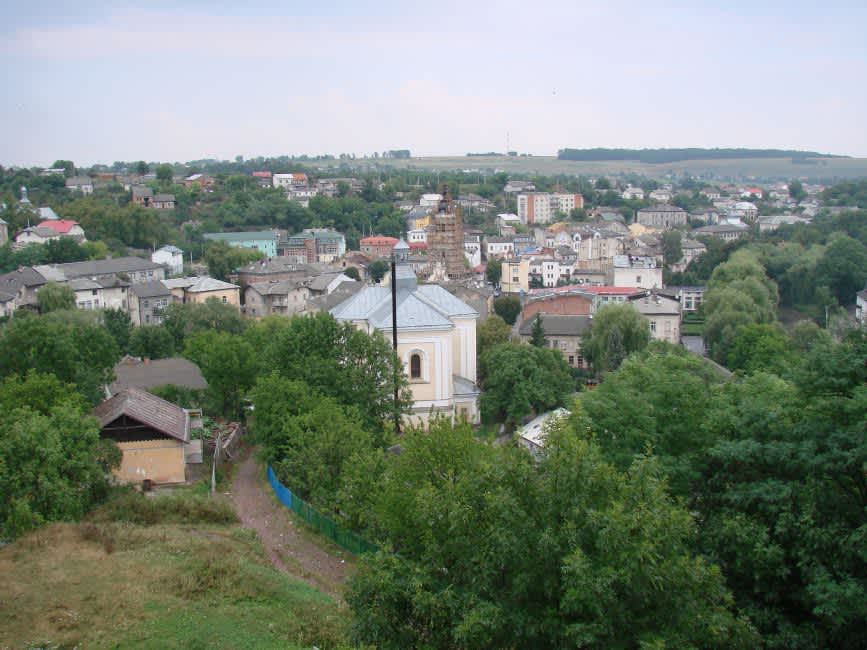
Buczacz
Several prominent Jews were born in Buczacz: the Israeli writer and Nobel-prize laureate Shmuel Yosef Agnon; the chronicler of the Warsaw Ghetto, the Jewish historian Emmanuel Ringelblum; and the Nazi-hunter Simon Wiesenthal.
The Jews of Buczacz suffered greatly during the calamities of the Soviet-Polish war (1920-1921), when for a short period the city came under the rule of Petliura's Ukrainian Army, which robbed, raped, and murdered Jews. In the 1920s and 1930s there was a Jewish bank and associations of Jewish merchants and craftsmen. The city had a strong Zionist movement, and non-Zionist Jewish parties were also active there. Buczacz had a Hebrew Tarbut school and also a Talmud Torah school.
After September 1939, when Buczacz was annexed to the Soviet Union, all Jewish communal institutions were abolished, private enterprises were nationalized, and Jewish craftsmen forced to join newly established cooperatives. Hebrew schools were closed and in their stead Yiddish government schools were established. Religious institutions were heavily taxed. Thousands of refugees from western Poland arrived in Buczacz, aggravating the situation in the city. In June 1940 hundreds of Buczacz Jews were deported to the Gulag. On the eve of the war there were about 10,000 Jews, including refugees, in Buczacz.
The Germans occupied Buczacz on July 7, 1941. Before the Germans entered the city Ukrainian nationalists began to assault Jews, killing several. In mid-July Ukrainian nationalist militia men murdered 40 people, both Jews and non-Jews. In August 1941 between 350 and 450 Jewish men were murdered outside the city.
Between May and August 1942 the Germans concentrated the Jews of the nearby towns and villages in Buczacz, raising the number of Jewish inhabitants to at least 11,000-12,000. At the end of 1942 a ghetto was established in the city. Most Buczacz Jews were murdered in major operations between the fall of 1942 and the summer of 1943: on October 17 and November 27, 1942 a total of 3,800 Buczacz Jews were deported to the Belzec extermination camp; during preparations for the deportations several hundred Jews were shot. In operations on February 1-2 and April 13-15, 1943 between 6,400 and 7,200 Jews were murdered outside the city. At the end of June 1943, those remaining in the ghetto were murdered in the vicinity of Buczacz.
The Red Army entered the city on March 23, 1944, but shortly afterwards the Germans temporarily reoccupied Buczacz. They then murdered between 600 and 800 Jews who had come out of hiding in the area and returned to the city.
Buczacz was finally liberated by the Red Army on July 21, 1944.


